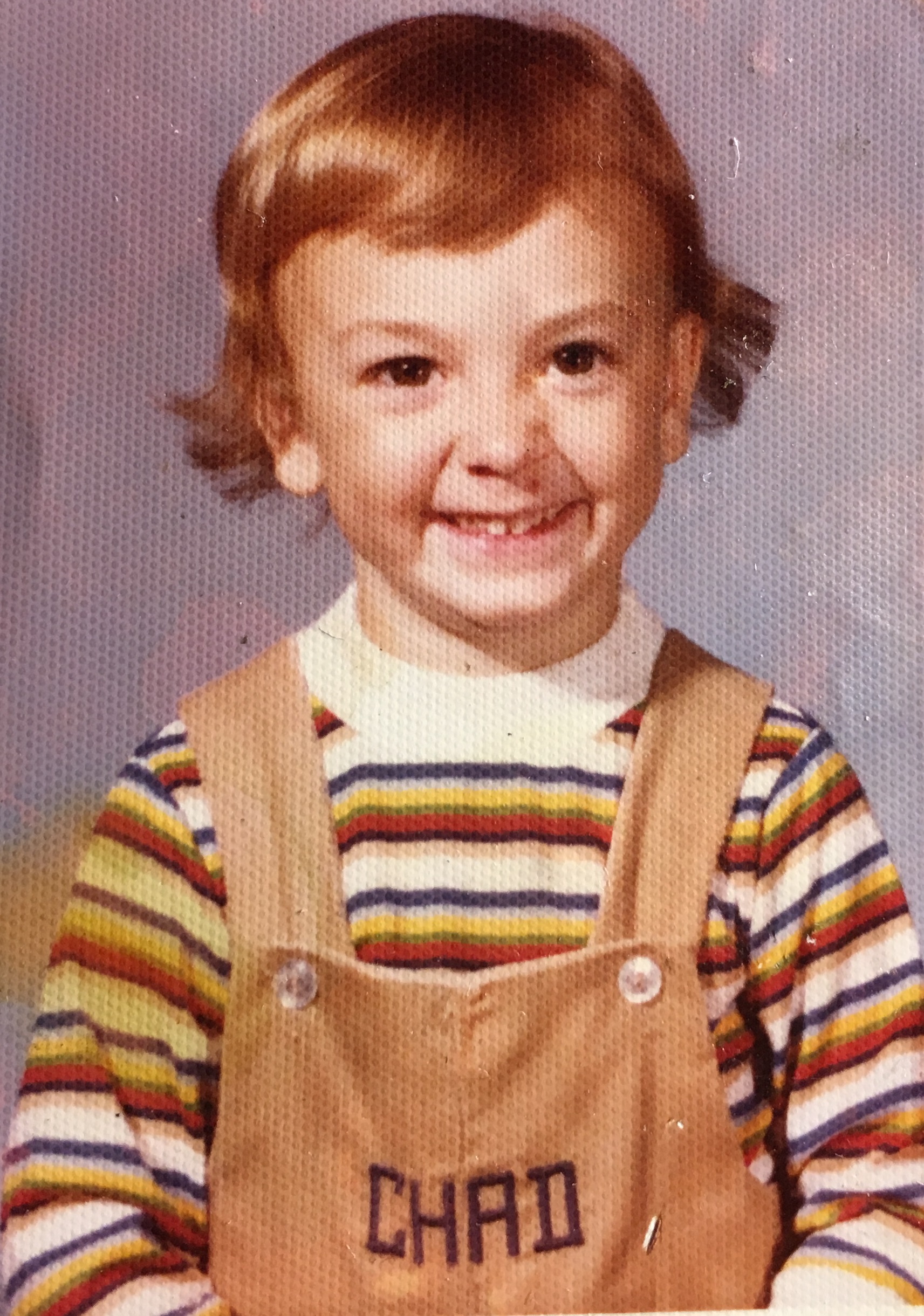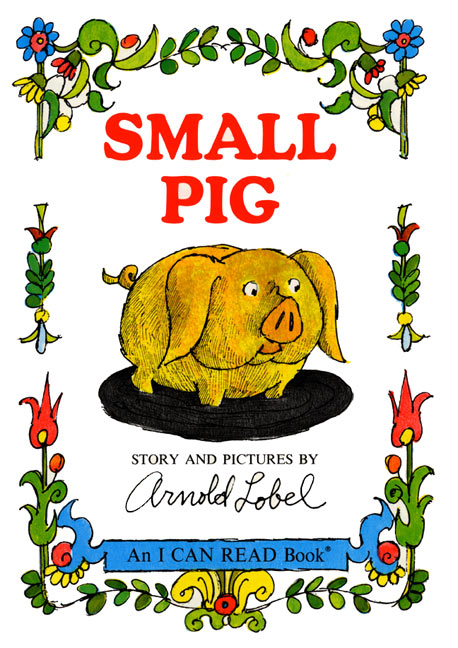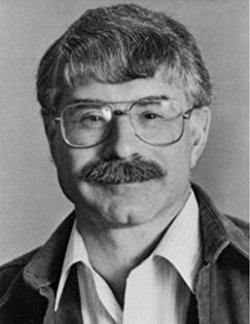Join us all month, beginning this week with Children's Book Week, as we feature favorite childhood books from our authors, illustrators, and staff!!
Clockwise from top left: Chad age 2.5, book cover, Arnold Lobel, Arnold Lobel self portrait as pig
Small Pig (Harper & Row, 1969) by Arnold Lobel is one of my favorite books from childhood. I like it better than his more well-known and more celebrated books, such as Frog and Toad Are Friends, Mouse Soup, and Fables. Those are classics of the genre, but Small Pig holds special meaning for me because it taught me that sometimes parents could be wrong and kids could be right. Plus I really liked that pig.
Small pig is the hero of the book, and he loves nothing better than sinking into good, soft mud at the end of a long day running around his farm. Farmer and his wife love the small pig and think he’s the best pig in the whole world. This makes small pig very happy.
But one day the farmer’s wife goes on a spring cleaning spree with her new vacuum cleaner and she goes outside and—whoosh!—sucks up small pig’s mud puddle! This makes the farmer’s wife happy but it upsets small pig greatly, and he decides to run away to find good, soft mud somewhere else.
Small pig visits many places but none of them have what he’s looking for. Finally he arrives at a big, polluted city where construction workers are pouring a new sidewalk. Small pig confuses the wet concrete for good, soft mud and sinks in, content at last.
When small pig realizes his mistake, he’s stuck fast in the sidewalk and a crowd of city dwellers have gathered around. How embarrassing for him! But to his surprise (and ours!) the farmer and his wife have been searching frantically for their beloved pig and driving through the city they stop to see what the crowd is gawking at. It’s their beloved small pig! They rescue him with the help of firemen with jackhammers and take him back to the farm where they give him all the good, soft mud he could ever want.
I loved and related to small pig. I remember feeling intense pleasure that he got to sink into his mud at night. To me, it felt like crawling in bed. I recall the anger I felt when the farmer and his wife cleaned away his mud. How unfair! How misunderstood he was! How at the mercy and whim of his unpredictable owners he was! I remember the fear and excitement I felt along with small pig, the sense of adventure and independence, as he made his way from farm to bog to junkyard to city. And of course I remember the relief I felt at his rescue. The love and understanding. The comfort of returning home and to having a little place to sink into at the end of a long day. I remember remembering all these feelings as I snuggled into my bed, falling asleep while my parents read this book.
Looking back at it, this book taught me that parents (or farmers) aren’t always perfect and that they make mistakes. It taught me that these mistakes can be honest ones. It taught me that kids (or small pigs) have legitimate complaints when they are misunderstood or taken for granted. That sometimes kids might want or need to run away (even if running away if just having some quiet time in your room). That running away is sometimes the only way to learn the true value of home. That parents (or farmers) can’t micromanage their young wards. That sometimes it’s best to compromise. And that home is the place that makes you feel good at the end of the day, like a warm bed or good, soft mud, or the sound of your parent’s voice softly reading you book after book until you fall asleep.


















